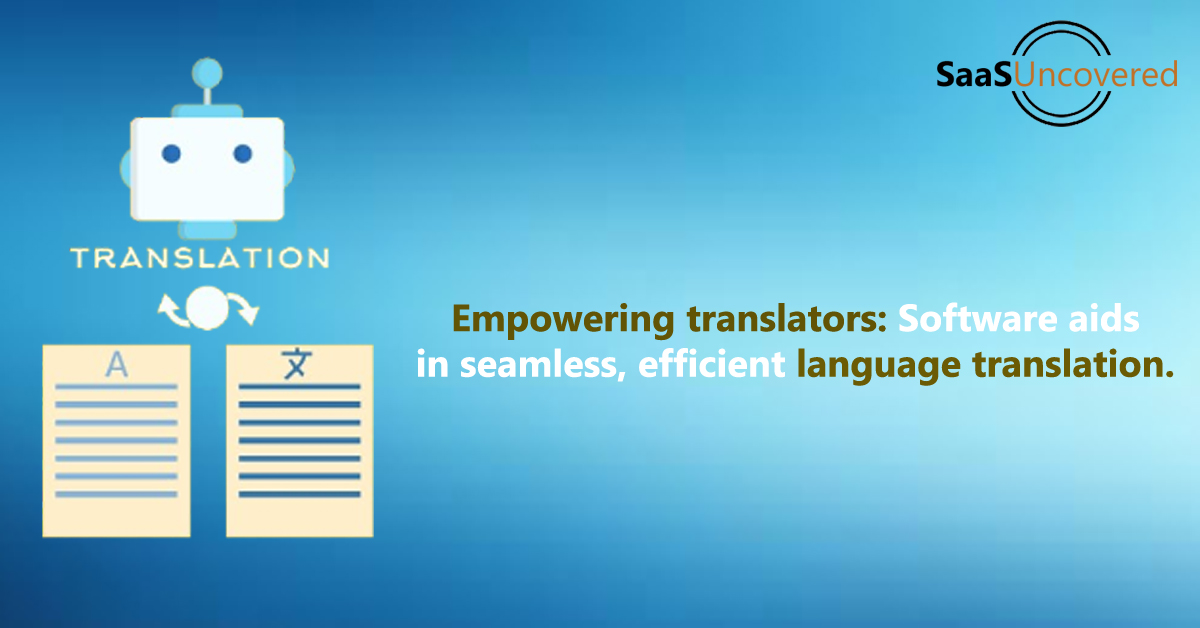Computer-Assisted Translation
A computer-assisted translation software is used by translators to create, edit, manage, and store translation.
Updated: November 22, 2023

Software is used by computer-assisted translation to support a human translator in the entire translation process. A computer-assisted translation software is used by translators to create, edit, manage, and store translation as it supports the significant parts of translation, like managing translated content and editing.
The meaning of each word is deducted by a human translator during the translation process, while computer-assisted translation tools help speed up the process. The time of translator can be saved by using computer-assisted translation as they do not have to retype the same translations in different texts. Source file formats can be translated in a single editing environment by many computer-assisted translation tools.
The most commonly used applications of CAT are spell-check and spell correction. They split huge documents into small segments, which are stored in a database and is called translation memory (TM).
Consistent translations, reduced translation time and improved accuracy are some of the benefits of using computer-assisted translation. The abbreviations, names, or terms have to be used consistently when content is translated. This consistency can be maintained by using TM as it suggest previously translated strings of text that are already stored in the database. The translation process can be speed up by suggesting recurring words or phrases as the phrases are stored in the database of translation memory over time, thus eliminating the need to type them. The quality of the translated document will be better if more is stored in TM.
Translation memory (TM), Terminology database, Bitext aligner and Full-text search are basic elements of computer-assisted translation.